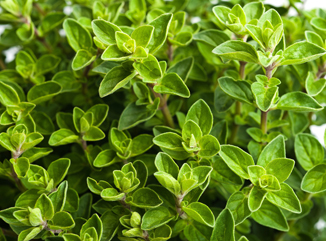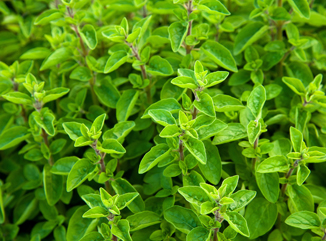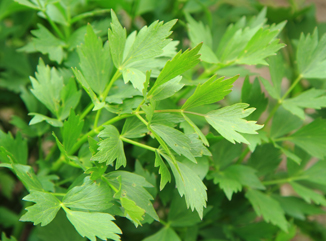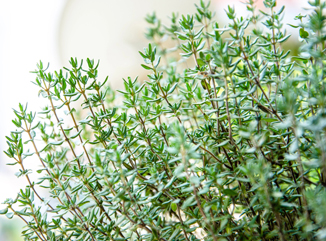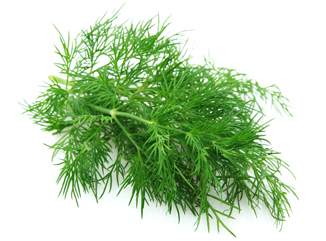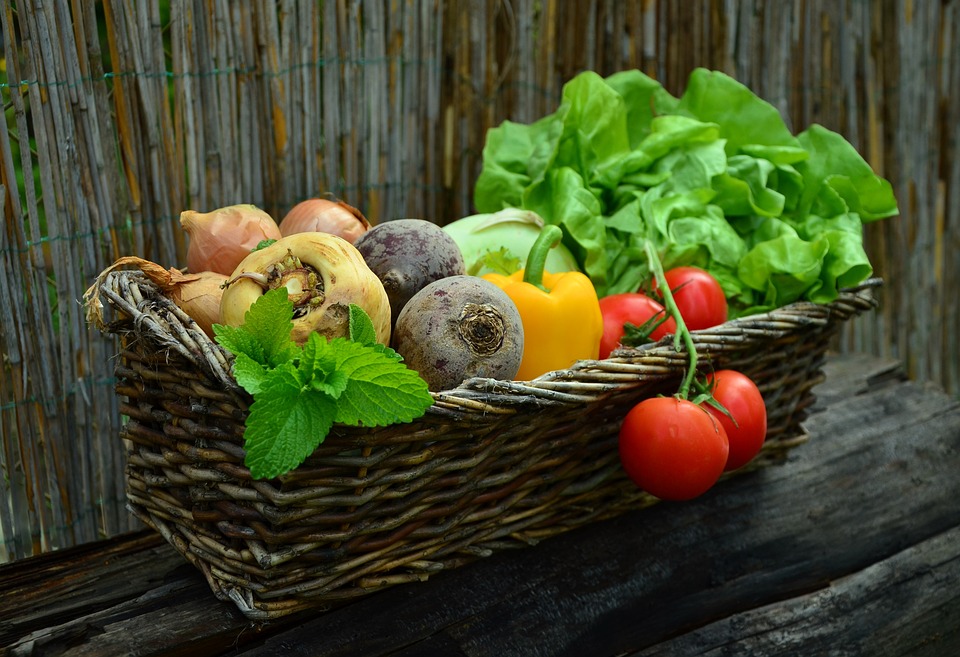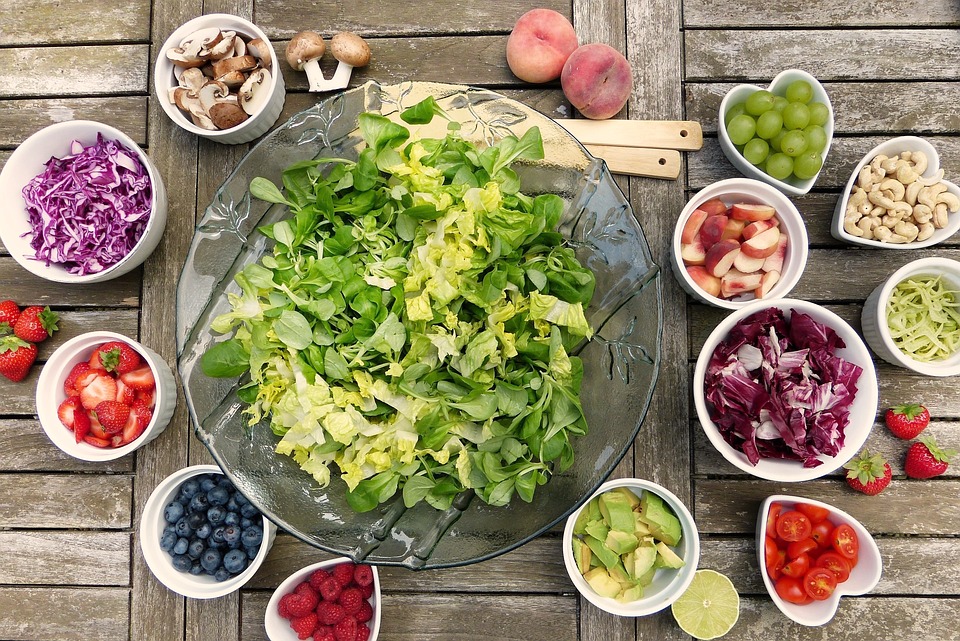Instructions for Sowing and Caring for Oregano from Seeds
Oregano (Origanum vulgare) is a popular Mediterranean herb, valued both for its culinary use and its health benefits. Growing oregano from seeds is relatively easy, but to achieve the best results, there are several steps you should follow.
1. Sowing Time
- Indoor Seeding: Oregano can be started indoors 6-8 weeks before the last frost. This is usually in late winter or early spring.
- Direct Outdoor Sowing: Alternatively, you can sow the seeds directly outdoors in late spring once all danger of frost has passed.
2. Materials Needed
- Oregano seeds
- Seed trays or pots (for indoor sowing)
- Seed-starting mix (well-draining and low in nutrients)
- Spray bottle (for watering)
- Plastic wrap or a clear cover (optional, to improve germination conditions)
3. Step-by-Step Instructions
Step 1: Prepare the Seed Tray
Fill the seed trays or pots with a light, well-draining seed-starting mix. Oregano prefers a loose, drier environment, so avoid using heavy, clay-based soil.
Step 2: Sow the Seeds
Sprinkle the oregano seeds on top of the soil. The seeds are very small and need light to germinate, so don’t cover them with soil—just gently press them into the surface.
Step 3: Watering
Lightly mist the soil with a spray bottle. The soil should be moist but not waterlogged, as too much water can cause the seeds to rot.
Step 4: Cover and Location
If starting indoors, you can cover the seed tray with plastic wrap or a clear cover to maintain humidity. Place the tray in a bright location but out of direct sunlight. The optimal germination temperature is around 20-22°C (68-72°F).
Step 5: Germination
The seeds should germinate in about 10-14 days. Once seedlings appear, remove the cover and make sure they receive enough light to prevent them from growing too tall and spindly.
4. Caring for the Seedlings
Transplanting
When the seedlings are about 4-5 cm (1.5-2 inches) tall and have developed their first true leaves (the second set of leaves after the initial seedling leaves), you can transplant them. Choose the strongest plants to either plant outdoors or into individual pots once the threat of frost has passed.
Outdoor Location
Oregano thrives in a sunny, warm location with well-draining, dry soil. Sandy or gravelly soil is ideal.
Watering
Oregano is relatively drought-tolerant and requires only minimal watering. Water sparingly and make sure the soil dries out between waterings. Overwatering can lead to root rot.
Fertilization
Oregano requires only light fertilization. You can use a small amount of organic fertilizer or compost during the growing season, but too much fertilizer can reduce the flavor of the leaves.
5. Harvesting and Maintenance
Harvesting
Once the plants are well-established, you can start harvesting the leaves. The best time to do this is when the plants are about 10-15 cm (4-6 inches) tall. Cutting the stems back encourages new growth. The leaves can be used fresh or dried. Always cut just above a leaf node to encourage bushier growth.
Post-Harvest Care
Oregano is a perennial plant and benefits from a good trim after flowering. This helps keep the plant compact and encourages healthy growth the following year.
Overwintering
In mild climates, oregano can survive the winter outdoors. In colder areas, you should mulch the plant with straw or leaves to protect it from frost, or grow it in a pot and bring it indoors for the winter.
Tips for Care:
- Oregano is low-maintenance and thrives even in poor soils as long as it gets plenty of sunlight and well-draining soil.
- Regular pruning promotes bushy growth and prolongs the plant’s life.
- Avoid overwatering, as oregano is sensitive to excess moisture.
With this guide, you should be able to successfully grow oregano from seeds and cultivate a healthy plant that will bring you joy for many years!

